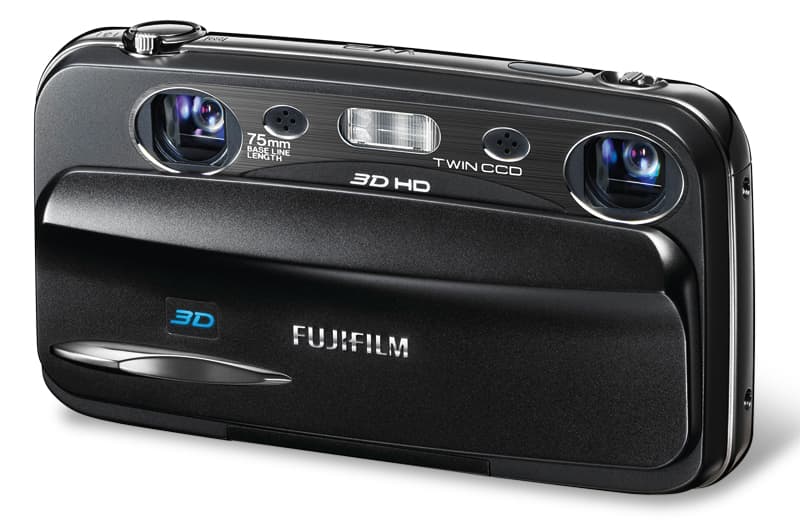Performance
Using the W3 is a far more enjoyable experience than the W1 – mainly due to the ease with which it focuses and the ability to see the results clearly on the LCD screen. The auto parallax control has been drastically improved and it seldom needed adjusting via the top rocker control. This means you can almost ignore the parallax and focus as you would on a standard 2D compact camera.
Metering is well controlled and gives a nice even exposure under most conditions. But like many compacts, under high-contrast scenes the metering can overexpose the highlights to maintain the general exposure.
 Image: Taken at the maximum ISO 1600, the image is still fairly noise-free but lacks fine detail on close inspection
Image: Taken at the maximum ISO 1600, the image is still fairly noise-free but lacks fine detail on close inspection
It is easy to forget that this camera works proficiently as a regular 2D compact when you don’t need its 3D capabilities, and in doing so this opens up further features such as face detection, multipoint AF and high-speed continuous shooting. The degree of manual control available is impressive from a compact, although menu use is needed to access it. Unfortunately, it lacks any lens or sensor-based stabilisation, although I appreciate this would be difficult to facilitate, due to the dual lenses and dual sensors.
The camera also takes an exceptionally long time to start up, with around seven seconds from sliding the lens cover down to being able to shoot.
Most importantly, though, the 3D pictures from the W3 look stunning, with a crisp and clear image that has such a remarkable depth to the scene you could almost walk into it. Seeing them on the back of the camera is impressive enough, but once they are viewed on a large monitor or 3D TV the effect is even more dramatic.
On close inspection of the JPEG files there are artefacts visible in the images even at ISO 100. This appears to be a result of noise reduction and gives a slight watercolour feel to the images, causing a lack of fine detail. This only starts to become pronounced at ISO 800 and above, and even then the images remain well coloured and still very usable. On our resolution chart the camera only reached a total of 14 at ISO 100 and just 10 at ISO 1600. Effects are less noticeable on the 3D files, partly as the effect is more of a distraction.







